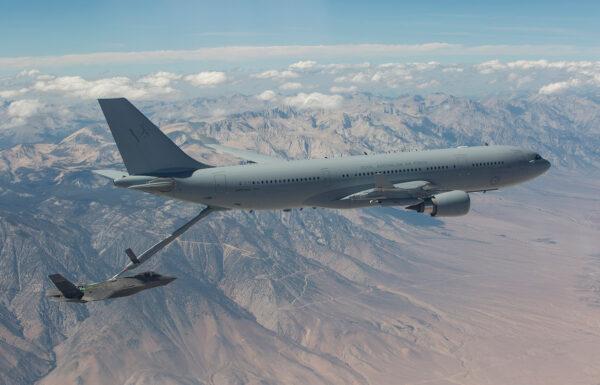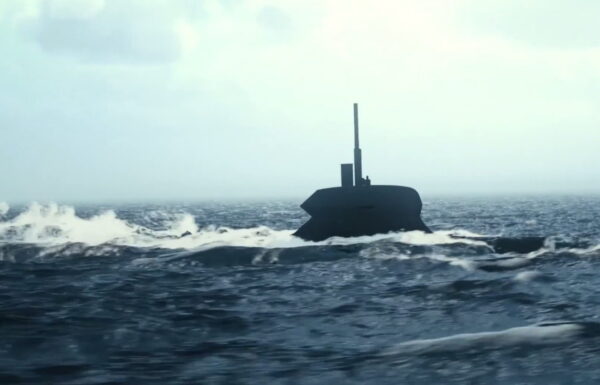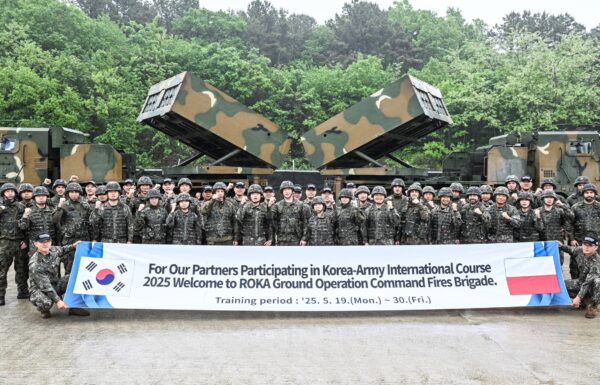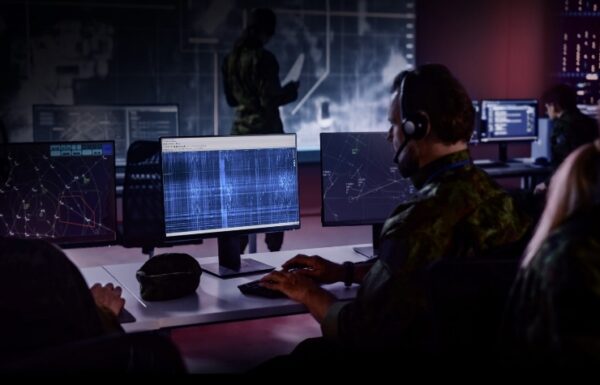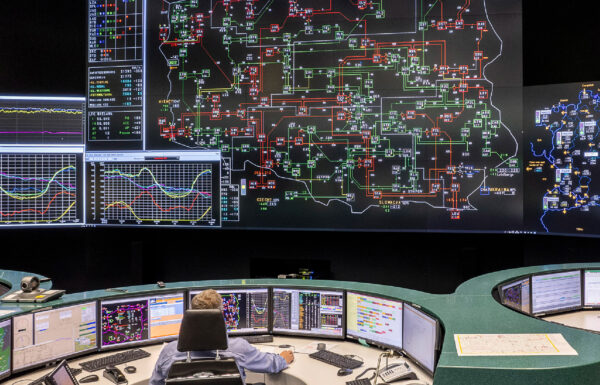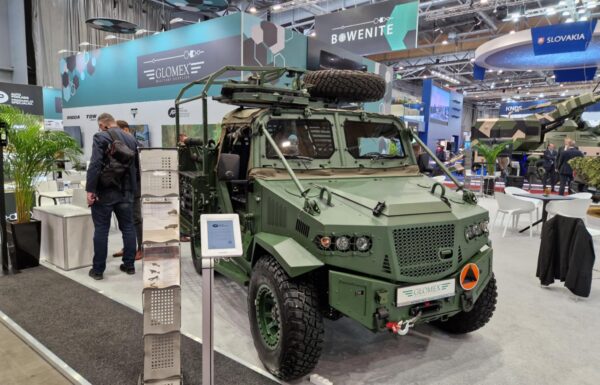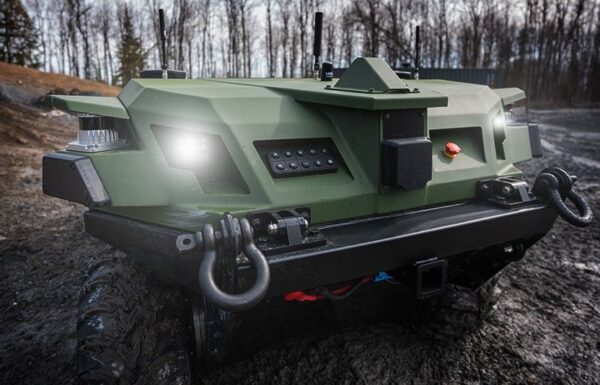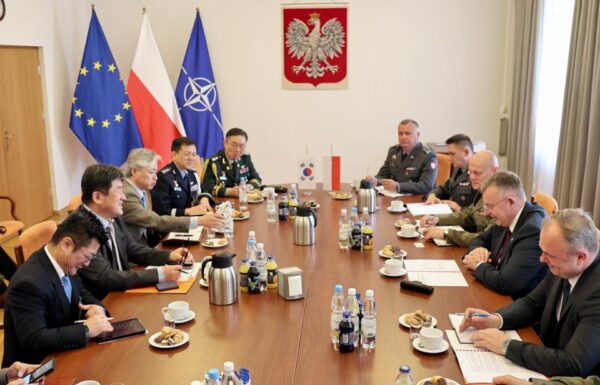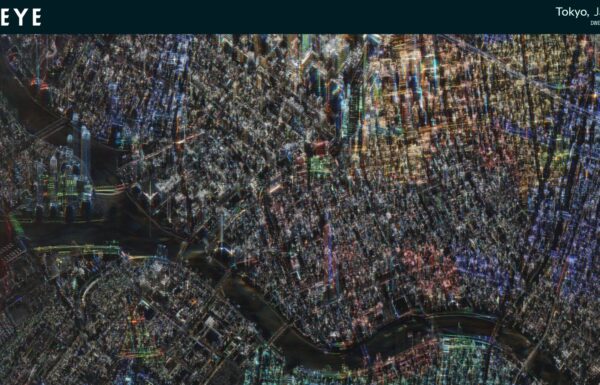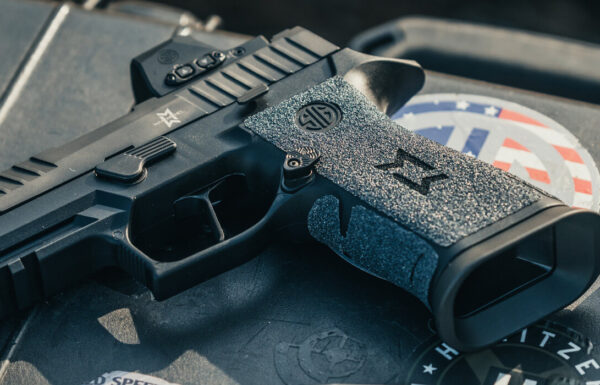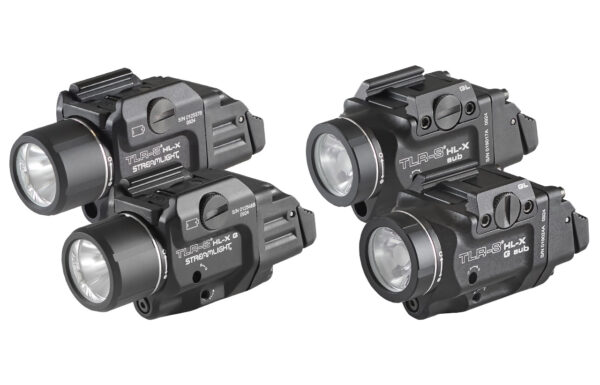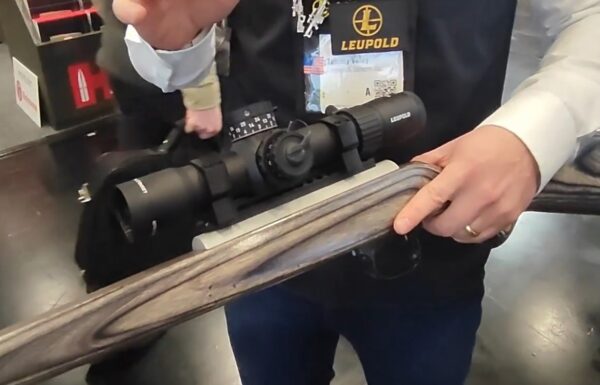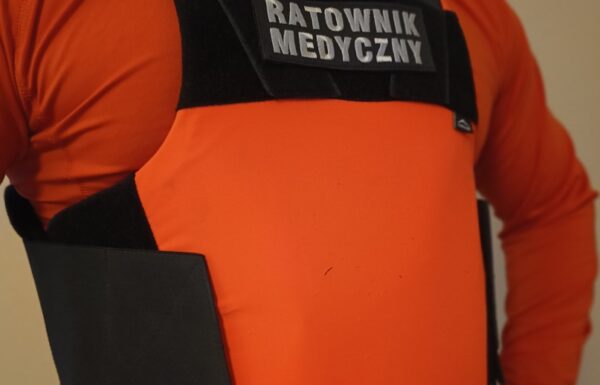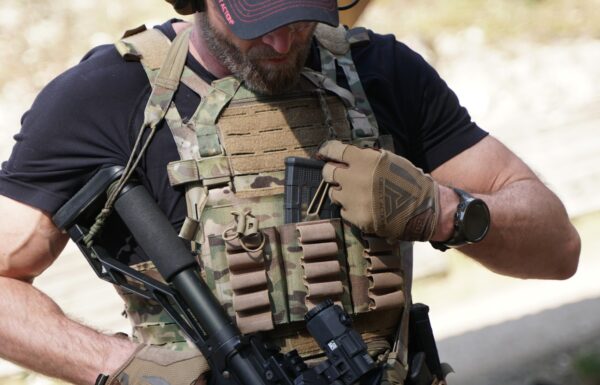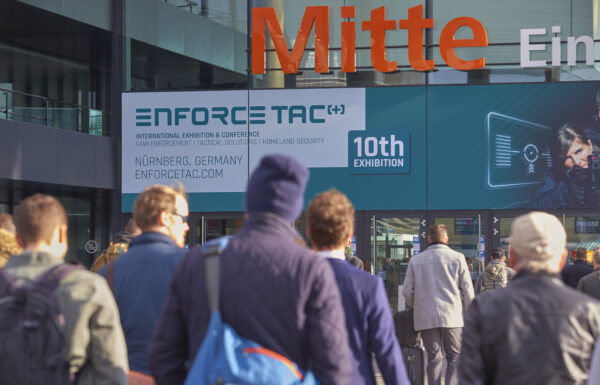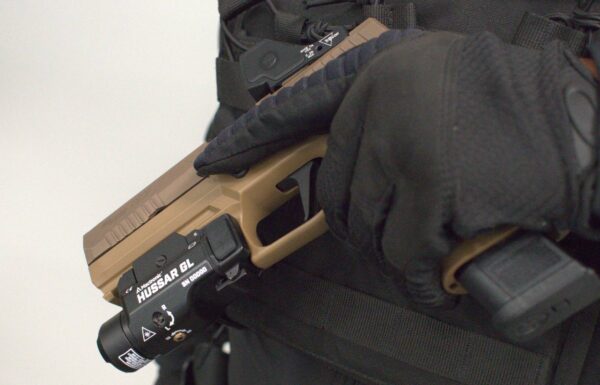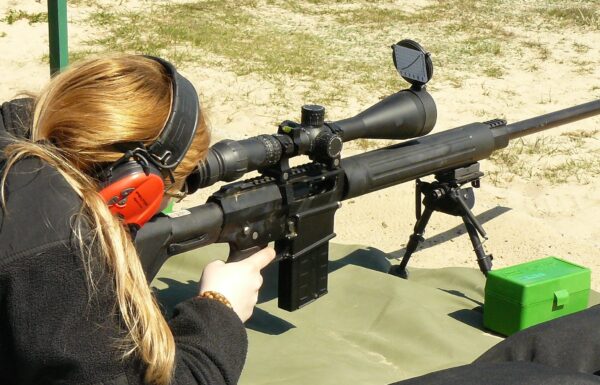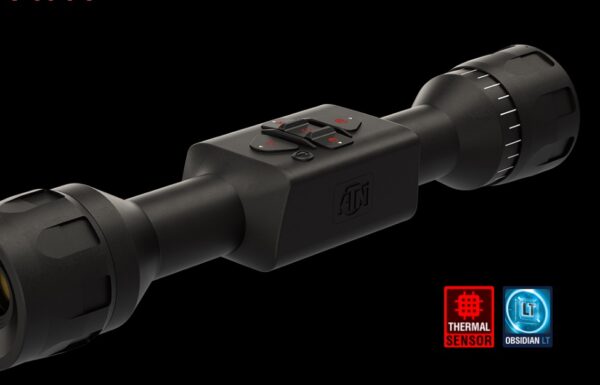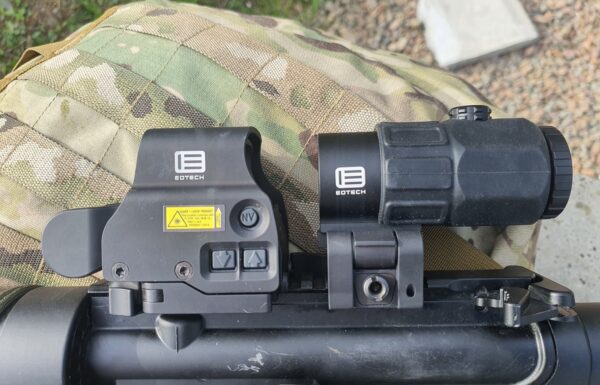A careful observer of the military technology will notice that in the last few years the amount of remotely controlled vehicles on the battlefield increased significantly. Some of these platforms are armed unmanned aerial vehicles (UAVs) which can be remotely guided from distant command posts. Unmanned surface and underwater armed unmanned platforms are also becoming a viable solution. However, either of those theaters of action doesn’t have many of the obstacles which can affect the movement and functioning of unmanned vehicles.
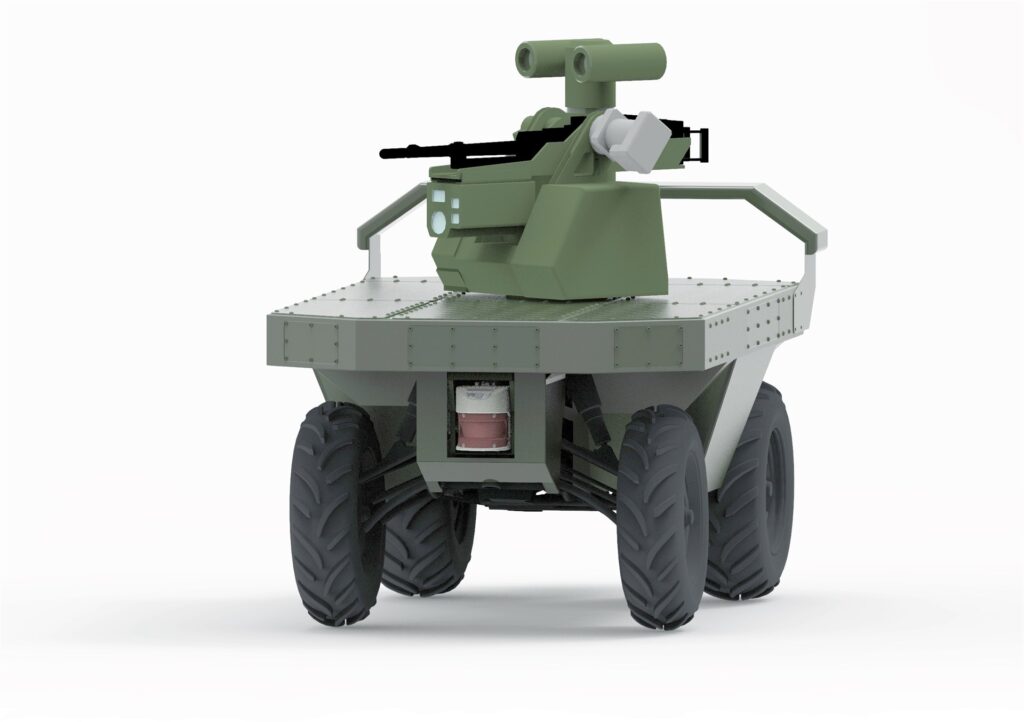
Perun project is a development program of an autonomous unmanned ground wheeled vehicle equipped with armament module with target tracking capability. The final design of Perun navigational systems will seamlessly integrate odometry sensor data
CHALLENGES
The ground area of activity with its natural and artificial obstacles presents the biggest challenge. The unmanned vehicle has to negotiate or bypass such obstacles while avoiding collisions with other land-tied moving vehicles. Command and communication is also difficult due to possible signal interference generated by civilian and military networks. Other design challenges include tracking of the robot`s progress and efficient control of its combat activities.
USABILITY
Among unmanned vehicles advantages is to minimize safety threats to the soldiers and to reduce the workload of difficult and repetitious service. Contrary to human, a machine will remain at its peak effectiveness over long waiting hours and is hardly affected by changing light and weather conditions. Unmanned vehicles are ideally suited for reconnaissance tasks or point assignments. Risk of traps, improvised explosive devices or enemy fire should be taken by the unmanned vehicles, which can work without breaks on night patrols, in rain, or in sub-zero temperatures. In every combat situation that poses a threat to human life, robots should be considered a viable exchange for human soldiers.
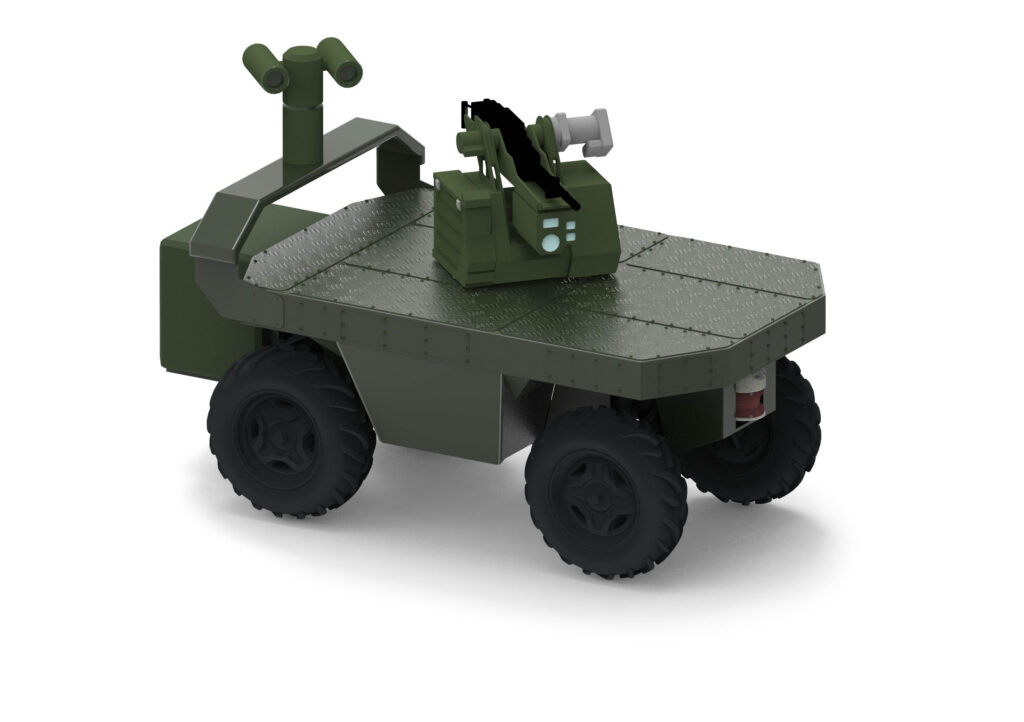
Mobility, firepower, and remote video guard function are the key objectives for the project. Guidance and autonomy algorithms, together with encryption systems are an important part of the whole design
GROUND PLATFORM
Most of the UGVs are based on a wheeled 4×4 and 6×6 propulsion or tracked systems. Vehicles can move according to the set route, can bypass obstacles, and can follow a marker-equipped leader. Land movement presents its own difficulties in guidance and navigation of the platform. The respective systems have to be proofed against signal interference and have discreet communication protocols. At the same time, the control signal has to be able to conduct a large amount of data over significant distances. This is necessary for the operator to safely utilize the robot’s capabilities of gathering situational and enemy-related information for identification processes. Another challenge is posed by the difficulty of long-term servicing of such platform is battlefield conditions.
The most common armament of land-based, remotely controlled vehicles is 7,62- or 12,7-mm machine guns and 40-mm automatic grenade launchers. For larger UGVs 30-mm cannons or anti-air and anti-ground rocket launcher systems are a possibility.
Perun
Tarnow Mechanical Works (Zakłady Mechaniczne Tarnów; ZMT) formed a consortium together with the Warsaw’s Military University of Technology and STEKOP company. The consortium work on a project called Autonomous wheeled platform with armament module for reconnaissance and combat tasks. The project is co-funded by the National Center for Research and Development in Poland as a part of Future Technology in Defence – Young Scientists Contest program.
Project’s objective is to build a prototype of the armed, autonomous wheeled vehicle for the above-mentioned task. One of the stages of the project involves the development of control algorithms, motion autonomy, and advanced encryption systems.
MSPO DEBUT
The vehicle was first presented on 2018 MSPO trade show in Kielce. The unmanned vehicle had 4×4 or 4×2 propulsion (either front or rear axle), based on independent wishbone suspension. Navigation consisted of GPS, IMU/AHRS inertial sensors and odometry system.
The platform was powered by two of 3kW drive motors. The vehicle can work for 6-12 hours. It has a maximum speed of 12 km/h and 3 meters turning radius. Dimensions are 2050 mm in length, 1280 mm in height and 1300 mm in width. The gross vehicle weight is 900 kg. The robot is also capable of pulling a 500-kg trailer.
Electronic equipment consists of safety sensors and laser scanner. It can optionally have a optoelectronic head with 3 MPix camera, 20x zoom and 640×480 night vision camera. The communication for control uses UHF 1-8 W encrypted frequency and the image data transmission is conducted over 2,4 GHz TCP/IP without encryption.
FINAL DESIGN
The final design should be an autonomous 4×4 vehicle with a maximum GVW of 900 kg and high mobility in adverse terrain. The UGV is to be capable of operation in urban and rural terrain and will have a remotely controlled weapon module with live tracking function. Designers will also include hybrid power systems and autonomous movement function with remote control override. For the work-in-progress, the vehicle was nicknamed Perun – highest diety of Slavic pantheon.
The program includes analysis of Perun`s tactical characteristic to ascertain the optimal military uses. The following aspects will also be analyzed: safety of use, wireless armament control system, power system, communication system, and autonomy of movement. The analysis will include tests conducted in operational and near-operational conditions.
Technical specifications and functional parameters of the remote weapons module and the unmanned vehicle will also be analyzed. Each of these is at a different stage of development so analysis of autonomy, detection, and operation of each becomes a key objective for the ongoing project.
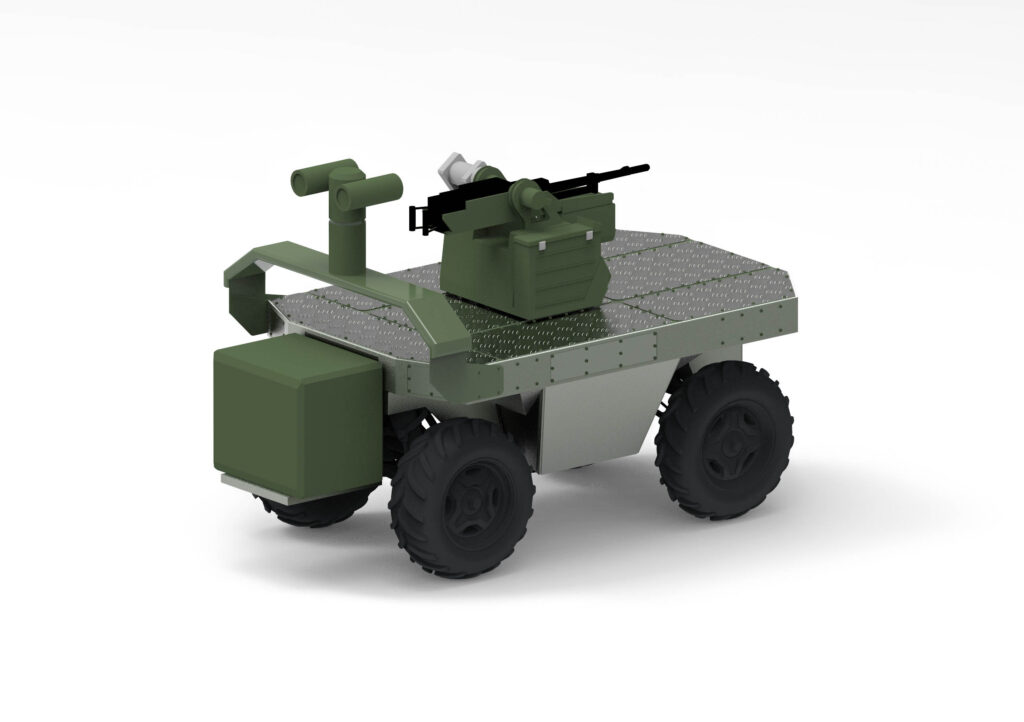
The final product is to be an unmanned 4×4 ground wheeled vehicle, capable of operations in urban and rural environments. The maximum GVW is to be 900 kg and the platform has to be capable in adverse terrain
Article previously published on MILMAG 01/2019




